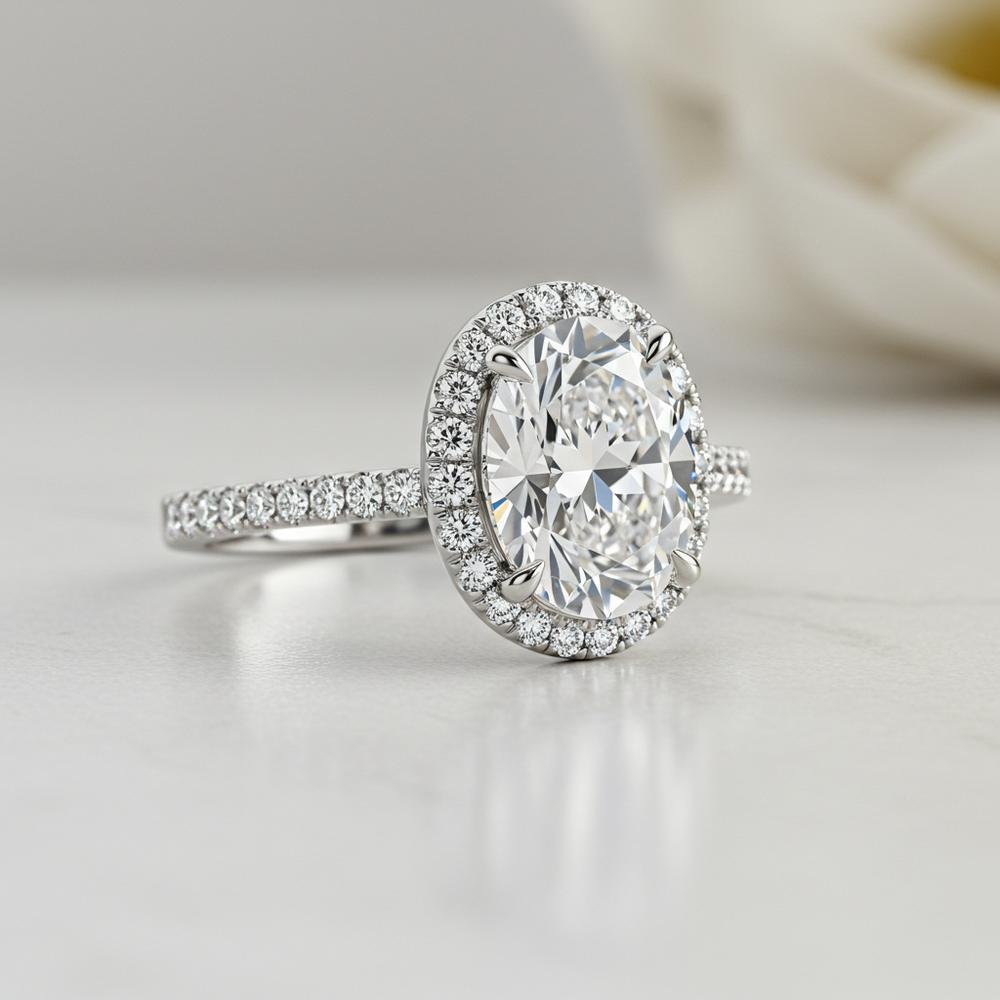What is the Difference Between CVD and HPHT Lab Grown Diamonds?

When it comes to lab-grown diamonds, two methods dominate the industry: Chemical Vapor Deposition (CVD) and High Pressure High Temperature (HPHT). Both techniques produce stunning, high-quality diamonds that are virtually indistinguishable from mined diamonds, but they differ in their processes, characteristics, and applications. Whether you're shopping for an engagement ring, diamond studs, or a tennis bracelet, understanding these differences can help you make an informed decision. Let’s dive into the fascinating world of lab-grown diamonds and explore what sets CVD and HPHT apart.
Lab-grown diamonds have revolutionized the jewelry industry, offering a sustainable and ethical alternative to mined diamonds. At Robinson's Jewelers, we’re proud to offer a wide selection of lab diamond jewelry, from eternity bands to solitaire pendants. But what exactly are CVD and HPHT diamonds, and how do they differ? Let’s break it down.
What Are CVD Diamonds?
CVD, or Chemical Vapor Deposition, is a method that creates diamonds by introducing a carbon-rich gas into a vacuum chamber. The gas is then ionized, breaking down the carbon atoms, which settle onto a diamond seed crystal. Layer by layer, the diamond grows, resulting in a high-quality gemstone. CVD diamonds are known for their exceptional clarity and color, often achieving near-colorless or colorless grades. This method is particularly popular for creating diamonds used in halo rings and bezel settings due to their purity and brilliance.
What Are HPHT Diamonds?
HPHT, or High Pressure High Temperature, mimics the natural conditions under which diamonds form deep within the Earth. A small diamond seed is placed in a press and subjected to extreme pressure and temperature, causing carbon to crystallize around the seed. HPHT diamonds are renowned for their durability and are often used in channel settings and pave settings. They can also produce fancy-colored diamonds, such as vivid yellows and blues, making them a favorite for unique pieces like colored diamond rings.
Key Differences Between CVD and HPHT Diamonds
While both methods produce stunning diamonds, there are some key differences to consider. CVD diamonds tend to have fewer inclusions and a higher clarity grade, making them ideal for princess cut or emerald cut designs. On the other hand, HPHT diamonds are often preferred for their ability to create fancy colors and their suitability for intricate settings like filigree rings.
Which Should You Choose?
The choice between CVD and HPHT diamonds ultimately depends on your preferences and the type of jewelry you’re looking for. If you value clarity and a classic look, CVD diamonds might be the perfect choice for your eternity band or solitaire pendant. If you’re drawn to unique colors and durable settings, HPHT diamonds could be the ideal fit for a colored diamond ring or tennis bracelet.
At Robinson's Jewelers, we’re here to help you find the perfect piece, whether it’s a lab diamond engagement ring or a pair of diamond studs. Explore our collection of lab diamond jewelry and discover the beauty of sustainable luxury today.